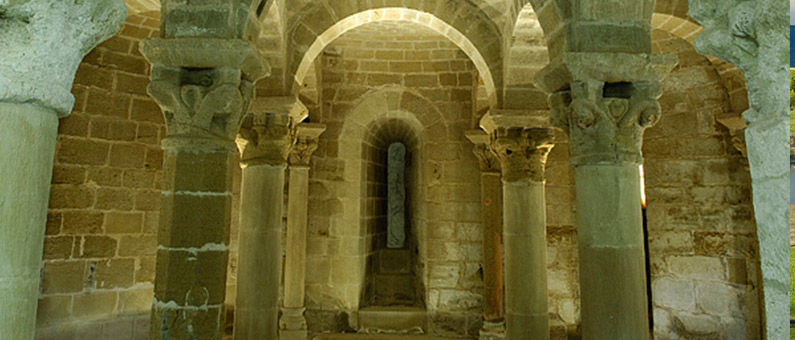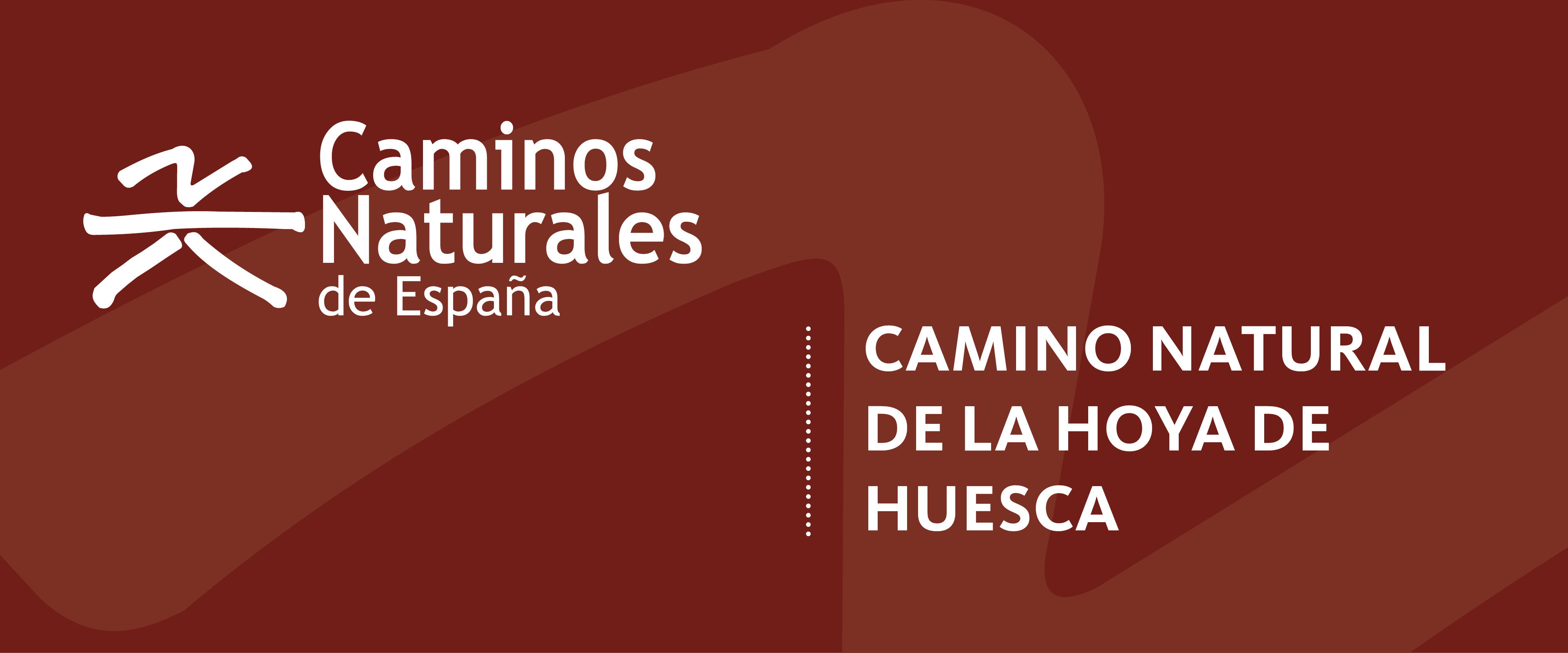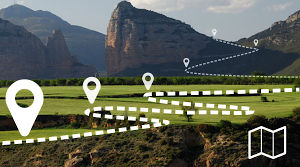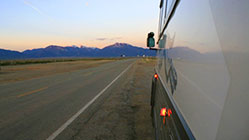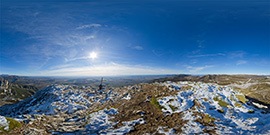ALMUDÉVAR CASTLE
On the Corona hill there are still remains of what used to be the castle. You can make out the old walls, the homage tower, the walls of the ancient church, several towers and the entrance door with its coat of arms dating from 1584.
Beside the castle you will see the temple of Our Lady of the Crown, which occupies a nave from the original church.
ICE WELLS AND SPRING WELLS
There is an impressive variety of popular architecture in the Llano. You should visit the most important ice wells and spring wells. The ice wells used to be industrial installations for the conservation of ice and snow for its use in the preservation of food, drink refreshment, or in the treatment of certain diseases. You can see some examples in:
- Casbas, with its circular well, 6 m in diameter, dating from the XVI century.
- Loporzano, has wells which are also cylindrical, excavated in the earth, with a vaulted ceiling.
- Salillas, has a cylindrical well almost 6 metres in diameter, built with a preparation of rubble and stonemasonry. It too has a vaulted ceiling.
Also in the region you will find examples of spring wells, underground wells, that were most important for the water supply. These are underground constructions, excavated beneath the earth at a depth of between five metres in the Ola, Velillas or Blecua wells and nine metres at Albero Alto and Angüés. At the entrance is a half-pointed arch and then stairs leading to the interior chambers.
Apart from these spring-wells, there are also the underground wells at Piracés and Antillón, excavated in sandstone rock; they are like small water-storing reservoirs, covered with large vaults.
THE TOWN CENTRE AT ANTILLÓN
The entire town of Antillón is a network of typical streets and squares of ethnographic value and popular culture. It used to be a Moslem then a Christian fortress and there are still walls, towers and entrance, as well as its narrow, winding, steep streets. It has a parish church, XVI century walls, several hermitages, an Arab public oven that has been restored, to bake bread in the square, an old oil factory also restored, the old fountain...
IGLESIA, TORRE Y CRIPTA DE PERTUSA
The ensemble including the church, the tower and the crypt has been declared a National Monument. The church was originally Romanesque although it underwent a lot of restoration in the XVIII century. Under the top end of the church is its beautiful Romanesque crypt, the best-conserved and most valuable part of the temple; it has fine capitals, a high vault and the ground plan is in the shape of a horseshoe. The tower is Renaissance, Plateresque in style, built by Juan de Herrera in 1575. The church takes the form of the Latin cross, with all sorts of additions and demolitions over the original temple.
Town Hall Telephone: 974301468
Visits: Ask for the keys in the village.

















